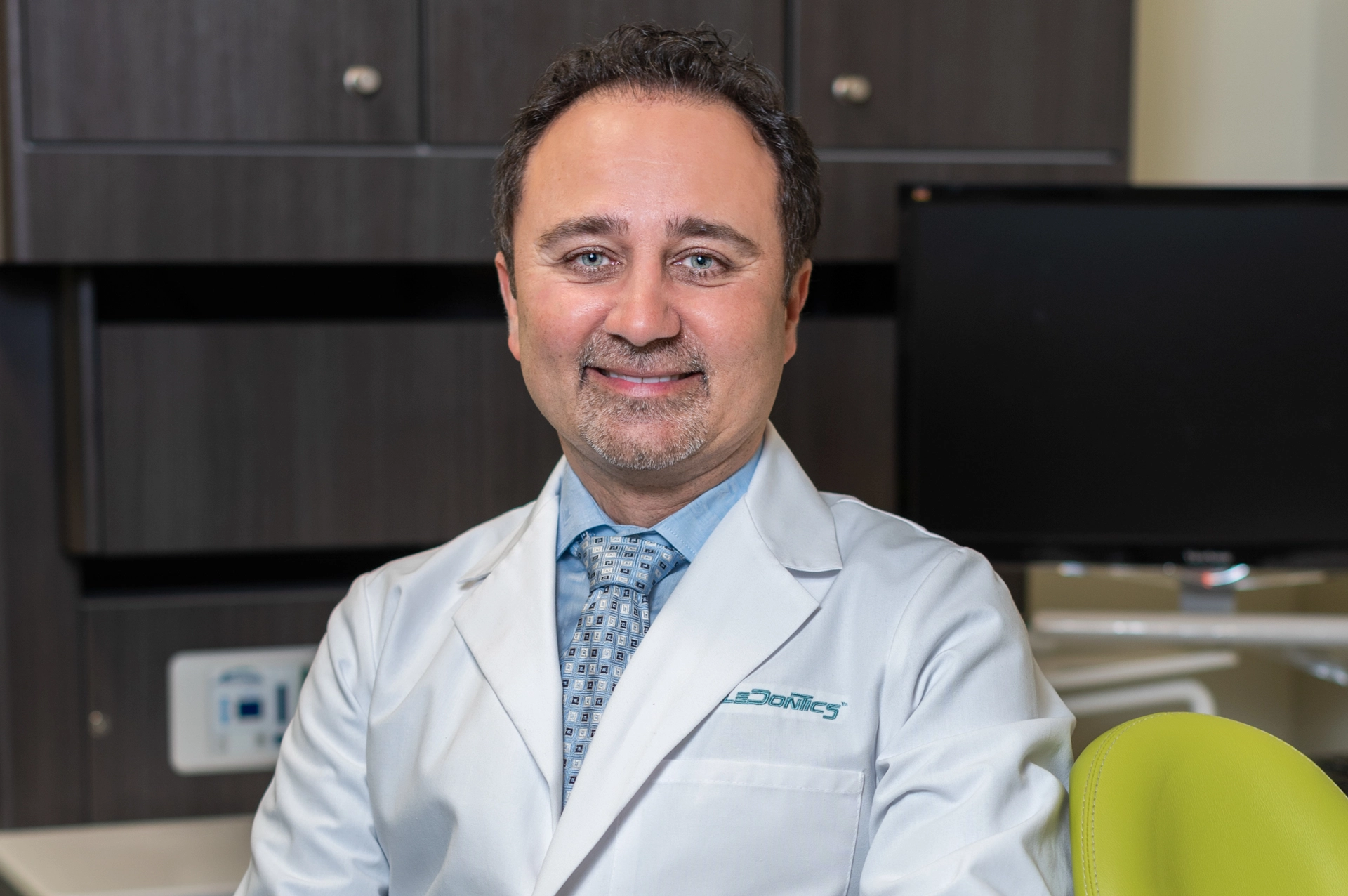
Can kids use adult toothpaste? Are there any negatives if we do let them? Are they potentially missing out on the benefits of adult toothpaste by using children’s toothpaste?
These are all valid questions and as you’re walking through the dental hygiene aisle trying to pick toothpaste, many of them might run through your mind.
But here’s what’s complicated about those questions: They don’t get to the HEART of the matter at all. And, that sort of thinking–adult versus child toothpaste–doesn’t reflect the best way to think about toothpaste.
Let’s look a little more deeply.
Can Children Use Adult Toothpaste?
So, can kids use adult toothpaste and should they? Well, it depends.
The central question comes down to how we think about toothpaste in the first place. Decades of toothpaste marketing has made us feel like adult/child or even fluoride/non-fluoride are the best ways to think about whether a toothpaste is right for our children. But there is a much better way to make that determination.
We like to think about toothpaste in terms of ages and stages of development.
Ages and Stages
If we’re considering if a child can use adult toothpaste, it’s best to consider their age and stage of development. We Identify 6 distinct age ranges for oral health:
Teething
The teething stage refers to a developmental phase in infants when their first set of teeth, also known as primary or baby teeth, begin to emerge through the gums. This process typically occurs between the ages of 6 to 24 months, although the timing can vary from child to child.
During the teething stage, infants may experience discomfort and irritability due to the pressure and pain caused by emerging teeth.
Primary teeth
The primary teeth stage, also known as the baby teeth stage or deciduous teeth stage, refers to the period in a child’s development when their first set of teeth begin to erupt. These teeth are called primary teeth because they are temporary and will eventually be replaced by permanent teeth. Generally, this stage lasts from 2 years to 5 years of age.
Mixed teeth
The mixed teeth stage, also known as the transitional stage or mixed dentition stage, refers to a phase in a child’s dental development when they have a combination of primary (baby) teeth and permanent teeth. During this stage, some of the primary teeth are gradually replaced by permanent teeth.
The mixed teeth stage typically occurs between the ages of 5 and 12 years old, although the timing can vary for each child. It begins when the first permanent molars, also called the “six-year molars,” erupt behind the last primary molars. These molars do not replace any primary teeth but rather emerge in addition to the existing set.
Permanent teeth
The permanent teeth stage, also known as the adult dentition stage, refers to the phase in a person’s dental development when all of their primary (baby) teeth have been replaced by a full set of permanent teeth. This stage typically occurs from adolescence onwards and continues into adulthood.
Pregnancy
During pregnancy, oral health needs can change in a variety of ways. Hormonal changes, increased blood flow, and changes in immune response can affect oral health in various ways. Understanding and addressing these nuances can help promote optimal oral health for expectant mothers.
Orthodontics
During orthodontic treatment, which involves the use of braces, aligners, or other appliances to correct dental alignment and bite issues, there are specific needs and considerations for teeth. During treatment, a patient may need a different toothpaste for a variety of reasons.
As you can see, some of these stages aren’t closely aligned with age in a way that makes it appropriate to make age itself the determining factor of what toothpaste–or toothpaste ingredients–an individual should use or avoid.
Risk Factors
Even if it were possible to categorically say at what age a child can use “normal” toothpaste, there are still risk factors that figure into that determination. We categorize all toothpaste usage into 3 risk levels:
- Low Risk: this individual can safely use a toothpaste, spit it out completely, and do so without close supervision.
- Medium Risk: This individual needs supervision to safely use toothpaste, and to spit it out completely, or this individual may have a sensitivity to one or more of a toothpaste’s ingredients.
- High Risk: This individual cannot successfully use a particular toothpaste, cannot prevent swallowing the toothpaste, or has medical reasons to avoid a specific ingredient.
We must keep in mind that medium or high-risk individuals can be in ANY age group, making the question of “when can kids use an adult toothpaste more or less moot.
There are many kinds of toothpaste out there formulated specifically for adults and they’re designed to be spit out. If your child cannot spit them out, then they shouldn’t be using that toothpaste.
A toothpaste for a two-year-old may not be ideal for an adult, while some adult toothpastes may be fine for some kids. The best way to determine whether your kid can use adult toothpaste is to consult your dentist.
To learn more about making the right choices for your kids’ dental health and how that can affect their lifelong health, sign up to be notified when Dr. Kami Hoss’ book “If Your Mouth Could Talk” is released. You’ll discover how vital oral health really is to every child and adult. You can also read more about Dr. Kami Hoss by clicking here!

